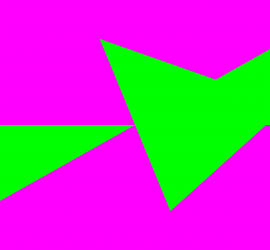TCP problems
I see Gleen Fiedler always struggling with people that repeatedly leaves a reply claiming that he knows nothing and should be always using TCP over UDP. Yet anyone developing a realtime application will laugh uncontrollably at such claims. Skype runs on UDP, many multiplayer FPS games run on UDP. VoIP runs […]
